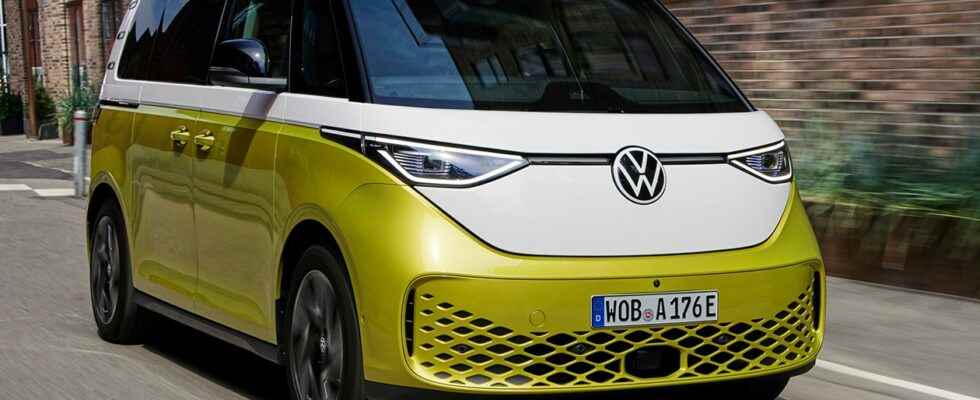For some time now, people have had to wait longer than ever for new cars – and it’s taking longer and longer. According to a media report, the delivery times for electric cars have increased from six to ten months within a year.
This is reported by the industry and business newspaper Automobilwoche in a comparison of the current delivery times and waiting times in October 2021 with the help of data from the comparison portal Carwow.1.8 million open Volkswagen orders Volkswagen demands a lot of patience from its customers and has 1.8 million open orders in Western Europe the largest order backlog. Models from Volkswagen’s ID family have an average waiting period of one year, and there is even an order freeze for the E-Crafter delivery van. The waiting time for the ID Buzz is currently 17 months. Electric vehicles from the subsidiary Skoda are also currently being waited until 2024, while the premium brand Audi imposed a complete order freeze for its e-tron models on June 29 of this year. Important components such as semiconductors are usually missing. Asians are also increasingly affected. You have to wait around nine months for the new BMW i7, which can only be ordered recently. In contrast to autumn 2021, Asian manufacturers are also increasingly affected. Hyundai’s Ioniq and Kona as well as the Polestar 2 were still available from dealers a year ago with a waiting time of around four months. Today, customers wait almost twice as long for the vehicles. Among the German manufacturers, only Mercedes shines. The electric flagship EQS can be delivered in a record time of just eight weeks thanks to prioritized chip supply. Most electric cars come from China China’s car manufacturers will be the world market leaders in electric cars in 2022. Europe is only in third place behind the USA, as determined by management consultancy Inovev. According to this, 44 percent of all pure electric cars built worldwide in the current year are expected to come from a manufacturer from the Middle Kingdom. The largest manufacturers are BYD and Geely. Thanks to Tesla, the USA achieves a share of 33 percent, Europe comes to 20 percent. South Korea and Japan complete the top 5 with 4 and 1 percent respectively. China also dominates the world market for plug-in hybrids with a 50 percent share, but Europe comes in second with 35 percent. Mainly because the drive concept plays almost no role in the USA – only 3 percent of the vehicles come from production there. South Korea and Japan each have a 5 percent share.
source site-13
